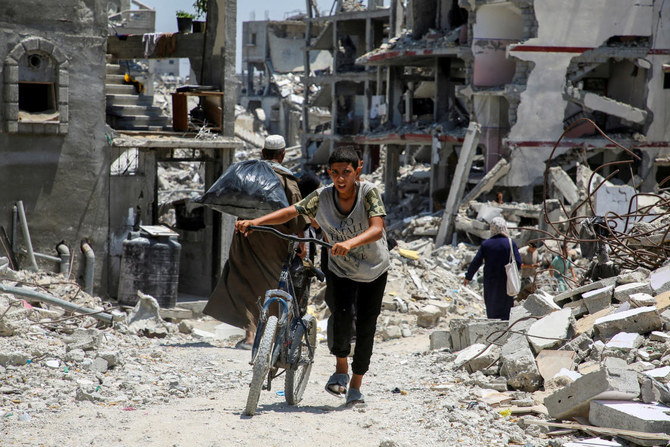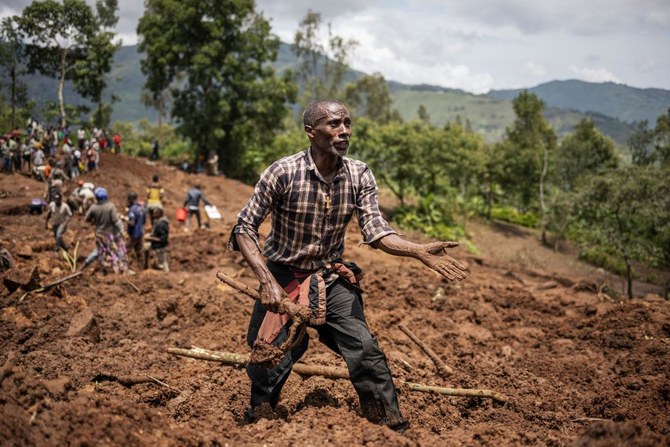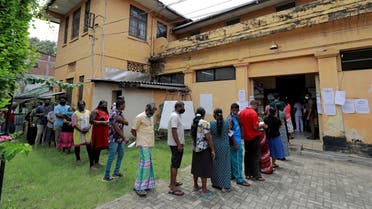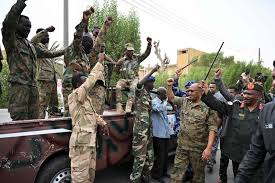Mikhail Khodarenok
During the Zapad-2021 exercise, Russian Airborne Forces carried out a landing using night vision devices. The last time the massive military use of the landing was carried out during the Afghan war of 1979-1989. Gazeta.Ru publishes excerpts from the monthly reports of the headquarters of the 40th Army of the Soviet Union, which describe the operations involving the landing.
“It’s worth making a reservation right away – there were no landing operations as such in Afghanistan, but there were operations with the use of a large number of tactical airborne assault forces landed with the help of helicopters,” Major General Evgeny Nikitenko, who held the position of Deputy Chief of the Operations Department, told Gazeta.Ru 40th Army of the Armed Forces of the USSR, stationed in Afghanistan. “An example is the operation called Desert, which was carried out in 1985 to defeat the largest base region of Ahmad Shah Masud in the mountain Panjshir.”
During the operation, a large number of weapons, ammunition and military equipment were captured. Massoud managed to withdraw his armed formations from Panjshir by secret mountain paths, but in general, the result of that operation is considered to be successful.
“The fighting was of a focal nature, without constant contact between troops and a clear designation of the front edge, without a charter formation of combat formations of subunits, units and formations,” Nikitenko said. – The main method of conducting hostilities was to uncover the places of concentration of rebel groups, surround them or suppress them with the help of operational reconnaissance gro-ups or other types of reconnaissance with the help of aviation and artillery. If the conditions of the situation did not allow completing the encirclement, then on the withdrawal routes the bandit groups intercepted helicopter assault forces and pursued and destroyed all types of weapons. “
At the disposal of the editorial office of Gazeta.Ru there are reports of the 40th Army for 1982, which were prepared monthly by the operational department of the army headquarters. It mentions the operations of the Soviet army with the participation of the landing.
One of these operations took place in the summer of 1982. We publish excerpts from the report with minor exceptions and preservation of spelling and punctuation.
From the June 1982 combat report :
“Based on the military-political situation in the DRA by the beginning of the summer period, the army command developed and carried out one of the largest operations of the 40th Army in cooperation with the DRA Armed Forces in the Panjshir gorge of the Kapisa province.
The PANDJSHER Gorge region was the center of supplying the rebel forces of the northern and central provinces of the country with weapons and ammunition. The main caravan routes from Pakistan to the BADAKHSHAN, BAGLAN, KAPISA, PARVAN provinces passed through it.
The rebel group in PANJSHER numbered more than 30 bandit formations with a total number of over 5 thousand people. To participate in the operation, 20 Soviet and Afghan battalions with a total strength of over 10 thousand people were involved. The operation was led by the Chief of Staff of the Army, Major General Ter-Grigoryants N.G.
The main indicators of the operation: the total depth – 200-250 km, the width of the strip taking into account the action of aviation and artillery – 60-80 km, the duration of the main stage of the operation – 20 days.
The main features of the operation were:
- the massive use of tactical airborne assault forces with a total number of over 4.5 thousand people. the entire depth of the operation;- the mountainous terrain allowed the rebels to create a wide network of defensive structures with mutually overlapping sectors of fire;
- the presence of a large number of anti-aircraft weapons by the enemy somewhat hampered the use of aviation, especially fire support helicopters.
As a result, the operation destroyed the rebels – 5370, bunkers – 203, DShK – 120, mortars – 25, captured SO – 1863, DShK – 24, mortars – 5.
Our losses were: killed – 92, wounded – 340 ”.
In another operation, the purpose of which was to destroy the militants’ transshipment base, the landing force was mistakenly landed on Iranian territory – at a distance of ten kilometers from the Afghan border. The landing force was promptly returned to Afghanistan and eventually completed the task. The incident had no international consequences.
From the April 1982 combat report:
“In accordance with the plan approved by the operational group of the USSR Ministry of Defense in the NIMRUZ province, on April 5, an operation was carried out to seize and destroy the rebel transshipment base in the Rabati-Jali region (in the immediate vicinity of the Iranian and Pakistani borders).
According to information obtained by intelligence, the base included 4 depots of weapons and ammunition: RPG – 100, small arms – 400, mines for mortars – 500, ZPU-4 – 2 units, DShK – 3, ammunition for SO. The guard consisted of 100-150 people.
The following were involved in the hostilities: 3/317 PDP, 1, 2 DSR, 6 MSR 70 OMSBR, RR, 108 helicopters and aircraft. The general leadership and coordination of hostilities was carried out by the First Deputy Commander of the 40th Army, Major General V.G. Vinokurov. The intention was to destroy the air defense systems of the transshipment base by air strikes on the morning of April 5, and defeat the main group of rebels.
In the interval between air strikes, land a landing force with a total number of 560 people. to destroy base objects, capture weapons and ammunition. 6 hours were allotted to complete the combat mission.
In the course of the operation, the rules of air navigation were grossly violated, as a result of which the troops were landed on the territory of Iran, 10 km from the Afghan border.
By the measures taken, the landing was transferred after 3 hours to the territory of the DRA in the area of the Rabati-Jali base and by the end of the day completed the task of destroying the rebel transshipment base.
As a result of the operation, the following were de-stroyed: rebels – 174, small arms – 2053, ammunition f-or small arms – 258,000, P-G – 234, various mines – 90-4, RG – 710, various warehouses – 4. Captured: small arms – 460, ammunition for small arms weapons – 34,000, mortars – 2.
Our losses were: wounded – 6 people, destroyed helicopters – 2.
The reasons for the violation of the state border were:
- Security measures have not been worked out to prevent violations of the state border.
- Control of readiness “on foot by flight” was not organized.
- Lack of interaction between 1/136 apib and 280 ovp.
- The landing was uncontrollable (the commander of the 280th regiment, Lieutenant Colonel V. I. SAVCHENKO, withdrew from the control, which in many respects led to the landing abroad).
Major General Yevgeny Nikitenko believes that the experience of the Soviet army’s operations in Afghanistan, including the use of landing forces, should be thoroughly studied in order to “develop recommendations that the Russian army needs.”
“It was an important experience. During the war in Afghanistan, the Soviet military leadership for the first time faced the use of troops and their all-round support in a civil war on foreign territory in a specific theater of military operations, concludes Nikitenko. – As a result of the experience gained, the structure of formations and units was improved in order to facilitate them and create autonomy. This also applied to the landing. It is important to take this experience into account for the modern Russian army as well”.






